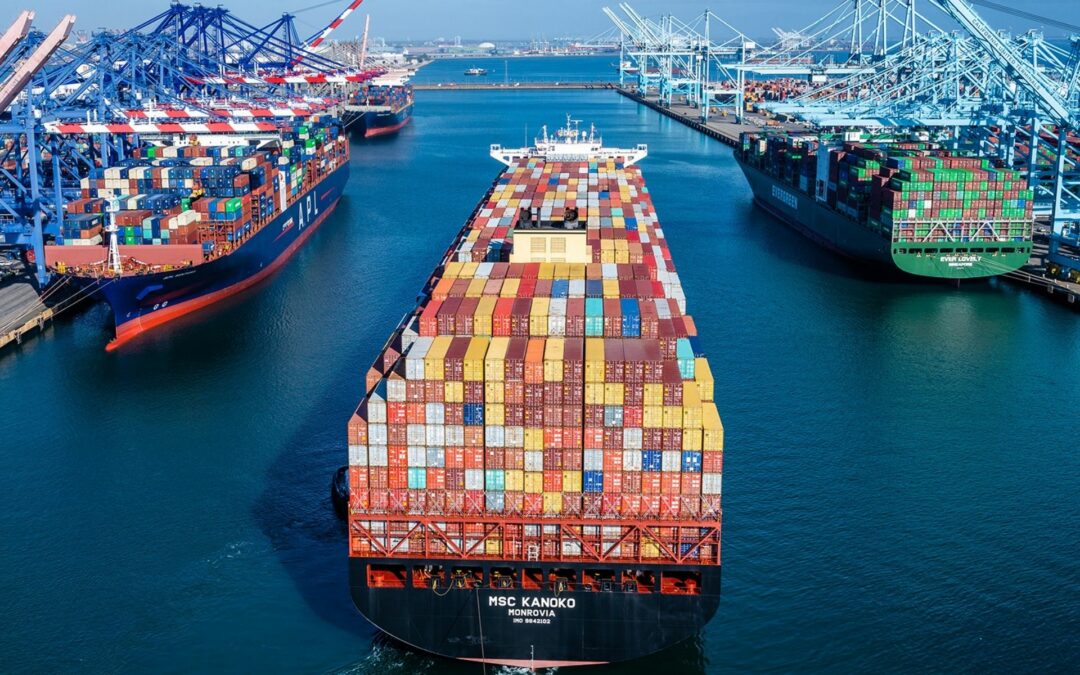Walmart tops the latest Top 50 Global Retailers study by the National Retail Federation, which included in its report an assessment of the challenges and opportunities retailers faced the past year.
The NRF study, with information compiled by market research firm and consultant Kantar, reflects the economic uncertainties stemming from a potential global recession and disrupted supply chains. The challenges, of course, come on the heels of the difficulties retailers weathered during the pandemic, NRF pointed out.
Retailers started to reinvest in physical stores and e-commerce integration in 2023 but were saddled with added costs from higher wages as well as product sourcing and cybersecurity. In many countries, a rise in retail-related crime had moderated by year’s end, NRF maintained.
For most of the top 50, retail sales and profits grew even as shoppers changed their work and personal routines, as well as the channels they shopped. China suddenly ended its zero-COVID policy at the end of 2022 and retail sales initially surged but fell back due to a general slowdown in critical manufacturing sectors. Still, China-based bargain retailers such as Temu have had an impact on the international market, especially in apparel.
Most of the severe limitations on global and regional supply chains eased in 2023, NRF observed, and most areas of the logistics industry had more capacity than demand, which lowered costs. The price to ship a 40-foot container from Shanghai to the port in Los Angeles/Long Beach, CA, went from a historical high of over $20,000 in late 2022 to less than $2,000 by December 2023. Trucking, rail and air costs all declined as well to pre-2020 rates. Warehousing costs also fell over the same period as excess inventory from unpredictable fulfillment in 2022 gradually eased.
Although the Russia-Ukraine war ground on in 2023, most markets adjusted to shipping and route disruptions, according to NRF. The grain trade from Ukraine revived with the establishment of new shipping routes safe from Russian attacks. The Russian oil trade also continued despite attempts to limit it through international trade rules and sanctions. A new logistics challenge arose when the Israel-Gaza conflict erupted in October 2023. Missile and drone attacks from Yemen effectively closed the Red Sea, but excess capacity allowed shipping companies to rapidly reroute vessels around southern Africa. Still, the new routing raised shipping costs going into 2024.
Labor shortages and turnover challenges that plagued 2022 declined in severity in 2023 since new employees and more training re-invigorated the workforce, NRF reported. For the most part, exceptions include pharmacists and in-store technicians. Labor costs continued to rise in 2023, with multiple union negotiations and strikes resulting in higher pay and benefits. Self checkout use that accelerated in 2022 continued to do so in 2023.
Global inflation had moderated in most countries by the end of 2023, but food prices continued to rise, keeping consumers concerned about market basket costs, according to NRF.
Four of the top 10 retailers on the list are based in the United States. The top 3, based on retail sales, are:
- Walmart, with sales of $628.6 billion.
- Amazon, with sales of $355.1 billion.
- Schwarz Group (Lidl and Kaufland), with sales of $176.4 billion.
The other U.S. retailers in the top 10 are Costco, listed as number five, and The Home Depot, listed as number nine. Retailers internationally based and operating in the United States include Aldi, at number 4; Ahold Delhaize, at number 6; and Ikea, at number 10. Carrefour, at number 7, and Seven & I, at number 8, do not operate currently in the U.S.





